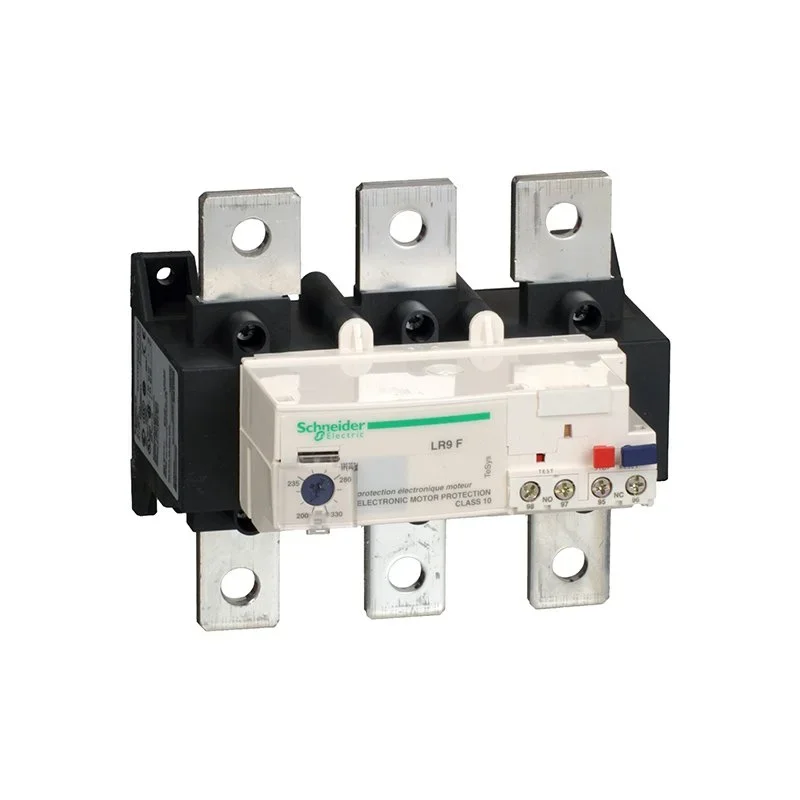In today's modern world, electrical systems play a crucial role in powering various industries and households. However, with the increasing demand for electricity, there is a growing concern for electrical system safety. One of the critical aspects of electrical safety is protecting the system from thermal overload. This article explores the importance of electronic thermal overload relays in enhancing electrical system safety.
Understanding Thermal Overload
Thermal overload occurs when an electrical circuit operates at a higher temperature than its designed capacity. This can lead to overheating, insulation breakdown, and even fire hazards. Traditional thermal overload relays have been used to protect electrical systems from such incidents. However, electronic thermal overload relays offer several advantages over their traditional counterparts.
Advantages of Electronic Thermal Overload Relays
Accuracy and Sensitivity
Electronic thermal overload relays are designed to provide accurate and sensitive protection against thermal overload. They can detect even slight changes in temperature and respond quickly to prevent any potential damage.
Adjustable Settings
Unlike traditional thermal overload relays, electronic relays offer adjustable settings. This allows users to customize the protection levels based on the specific requirements of their electrical systems. The ability to fine-tune the relay settings ensures optimal protection without unnecessary tripping.
Remote Monitoring and Control
Electronic thermal overload relays can be integrated into a centralized monitoring system, enabling remote monitoring and control. This feature allows operators to keep track of the system's temperature and make necessary adjustments without physically accessing the relay.
Diagnostic Capabilities
Electronic relays often come equipped with diagnostic features that provide valuable information about the electrical system's health. These relays can monitor parameters such as current, voltage, and temperature, allowing operators to identify potential issues before they escalate into major problems.

Integration with Motor Control
Electronic thermal overload relays can be seamlessly integrated with motor control systems. This integration enables the relay to communicate with the motor control system and initiate appropriate actions, such as reducing the motor's speed or shutting it down completely, in case of thermal overload.
Enhanced Safety Measures
Early Warning System
Electronic thermal overload relays can act as an early warning system by providing alerts when the temperature approaches critical levels. This allows operators to take preventive measures before any damage occurs.
Fault Detection and Trip Indication
In addition to protecting against thermal overload, electronic relays can detect faults in the electrical system and indicate the tripped condition. This information helps operators identify the source of the problem and take corrective actions promptly.
Integration with Safety Shutdown Systems
Electronic thermal overload relays can be integrated with safety shutdown systems to ensure a comprehensive safety mechanism. In case of thermal overload, the relay can trigger a shutdown sequence, cutting off the power supply to prevent any further damage.

Conclusion
Electronic thermal overload relays offer significant advantages in enhancing electrical system safety. Their accuracy, adjustable settings, remote monitoring capabilities, and integration with motor control systems make them an essential component in modern electrical systems. By utilizing electronic thermal overload relays, industries and households can ensure the safety and reliability of their electrical systems, minimizing the risk of thermal overload-related incidents.
Advantages of Using Electronic Thermal Overload Relays in Industrial Applications















